
Military bridges are crucial for strategic mobility, and the variety available on Alibaba.com caters to different military needs. Standard Bailey Bridges and their pedestrian variants are prominent for their reliability and ease of assembly. These prefabricated steel structures are designed for quick deployment, offering a practical solution for temporary or semi-permanent applications.
Modular bridges, such as the 200 Type Modular Temporary Bailey Steel Bridge, are another category that provides flexibility and adaptability in various terrains. These bridges are engineered for rapid deployment, which is essential for military operations that require swift movement across barriers.
Floating bridges, including marine modular floating bridges and concrete floating pontoons, serve a vital role in amphibious operations. They are designed to provide stable platforms over water bodies, facilitating the movement of personnel, equipment, and vehicles.
For longer spans and heavier loads, prefabricated steel truss bridges are available, which combine the benefits of durability and increased load capacity. These bridges are often galvanized or painted to enhance their resistance to environmental stressors, ensuring longevity even in harsh conditions.
Alibaba.com's selection also includes specialized bridges like the steel structure suspension bridge, which is tailored for scenarios that demand a bridge with minimal supports, providing clear spans over obstacles. Each bridge type is designed with specific military applications in mind, ensuring that there is a solution for virtually any scenario encountered in modern defense strategies.


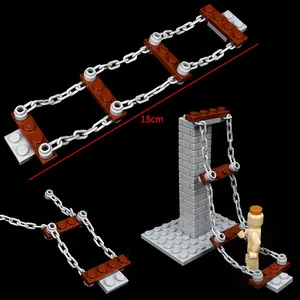
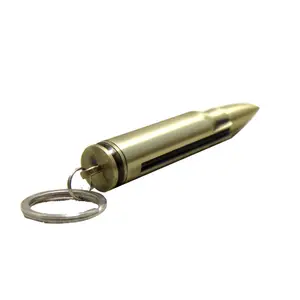
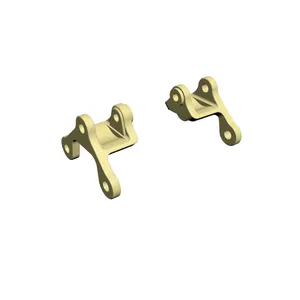
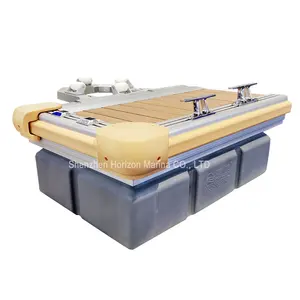








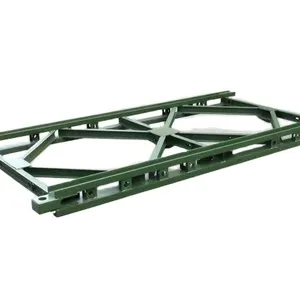



















 浙公网安备 33010002000092号
浙公网安备 33010002000092号 浙B2-20120091-4
浙B2-20120091-4